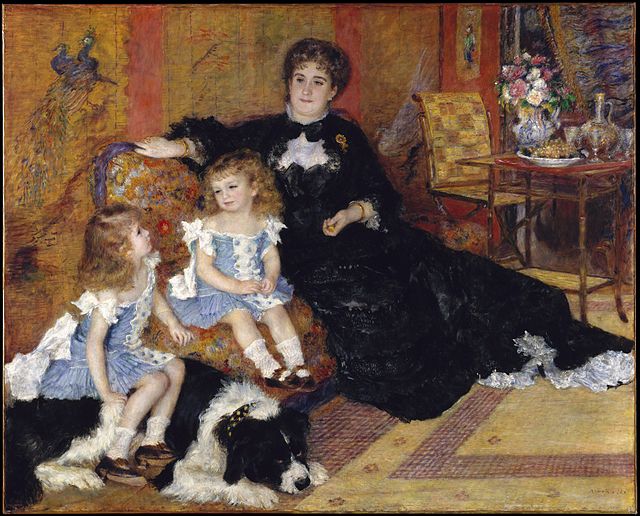A portrait is a painting, photograph, sculpture, or other artistic representation of a person, in which the face not always is predominant. In arts portrait can be represented as half body and even full body. If the subject in full body better represents personality and mood - this type of presentation can be chosen. The intent is to display the likeness, personality, and even the mood of the person. For this reason, in photography a portrait is generally not a snapshot, but a composed image of a person in a still position. A portrait often shows a person looking directly at the painter or photographer, to most successfully engage the subject with the viewer, but portrait can be represented as a profile and 3/4. It’s important to understand that a subject with eyes closed also can be tractate as a portrait.

Portrait of an Achaemenid Satrap of Asia Minor (the Herakleia head, from Heraclea, in Bithynia), end of 6th century BCE. This is an Eastern portrait in purely East Greek Archaic style, one of the two known forerunners of extant Greek portraits, along with the Sabouroff head.
A Roman bust of the Athenian General Themistocles, based on a Greek original. The lost original of this bust, dated c. 470 BCE, has been described as "the first true portrait of an individual European".
The Mona Lisa, a painting by Leonardo da Vinci of Lisa Gherardini, is the world's most famous portrait.
Plastered skull, Tell es-Sultan, Jericho, Pre-Pottery Neolithic B, c. 9000 BC
Portrait painting is a genre in painting, where the intent is to represent a specific human subject. The term 'portrait painting' can also describe the actual painted portrait. Portraitists may create their work by commission, for public and private persons, or they may be inspired by admiration or affection for the subject. Portraits often serve as important state and family records, as well as remembrances.
Self-portrait of Nicolas Régnier painting a portrait of Vincenzo Giustiniani, 1623–24, Fogg Art Museum.
Frans Hals, later finished by Pieter Codde. De Magere Compagnie. 1637. Oil on canvas, 209 × 429 cm. Group portraits were important in Dutch Golden Age painting
Anthony van Dyck, Charles I in Three Positions, 1635–1636, shows profile, full face and three-quarter views, to send to Bernini in Rome, who was to sculpt a bust from this model.
Mme. Charpentier and her children, 1878, Metropolitan Museum of Art, New York








